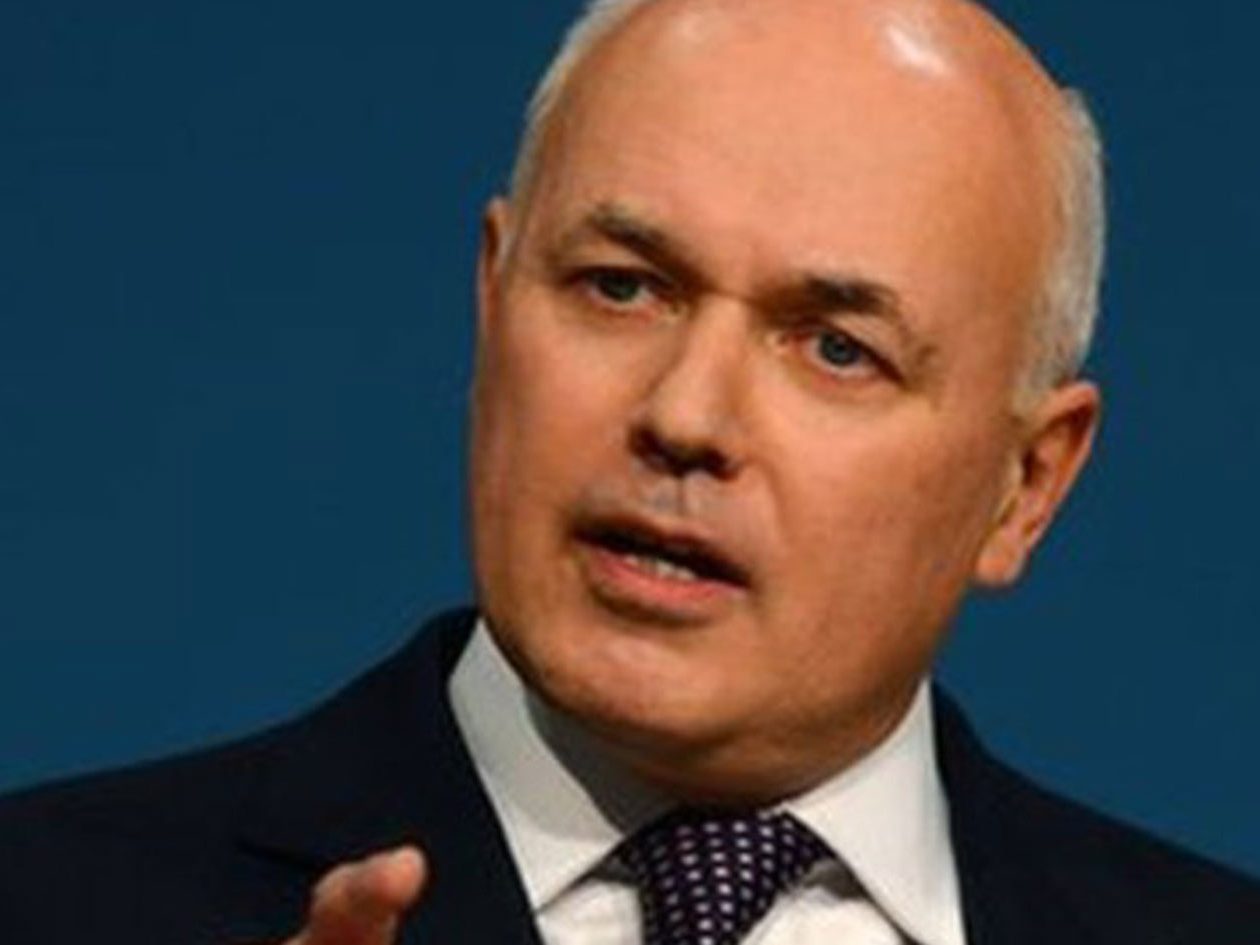The Department of Work and Pensions has published a new Family Stability Indicator using data from ISER’s household panel survey Understanding Society. This report aims to show the effects of the government policies to support families.
The figures set out the latest results for the family stability indicator and compare them to the baseline set out in Social Justice: transforming lives – one year on.
The family stability indicator measures:
- the percentage of all children who are not living with both their birth parents, by age of child
- the percentage of children in low income households not living with both parents compared to the percentage of children in middle to higher income households
- the percentage of children living with both birth parents where the parents report happiness or unhappiness in their relationship
The proportion of children whose parents are raising them together rose from 67% in 2010/11 to 69% in 2011/12, according to the latest Family Stability Indicator. The indicator is one element of the government’s Social Justice Strategy, aimed at supporting the most disadvantaged families and individuals.
The increase is more prominent for those children in low income households, with a 3 percentage point rise from 45% in 2010/11 to 48% in 2011/12. This means that around 75,000 more children in low income households are living with both their birth parents.
The indicator reflects the importance the government places on the family in providing a foundation for a child’s development and success in later life.
Children growing up in unstable families, particularly those experiencing multiple family transitions, are at higher risk of developing social disadvantage in later life, such as issues with mental health, drug and alcohol abuse and lower educational attainment.
Secretary of State for Work and Pensions Iain Duncan Smith said:
“We know that family breakdown – or a damaged parental relationship – can have a devastating impact on children’s prospects as they grow up. Whereas when families are strong and stable the children tend to have better life chances. That’s why this government has taken action to support families and thereby give children the best start in life.
Today’s figures show a rise in the number of children growing up with both their parents – and, encouragingly, the rise has been greatest amongst families on low incomes. The savings from this kind of social change are significant, but the most important thing is that this will transform the lives of those families for the better."
However, in his blog for the BBC the BBC’s Home Affairs Editor Mark Easton has questioned whether a link between the figures and recently-introduced Government polices can really be inferred:
“The trouble is that the latest figures precede the implementation of many of the government’s family-friendly policies – and for some groups of children, the statistics suggest a very different story. For example, you could use the same data to demonstrate that, over the same period, 50,000 fewer babies are living with their birth parents. Ministers, I suspect, will be less likely to put out a press release saying that.”
He goes on to describe Understanding Society as “a robust source with a sample size significant enough to get into the detail of British life”, but noted that much of the Government’s list of policies mentioned in the press release list relate to schemes and initiatives that have either yet to happen, or that were launched after the survey data was gathered.
